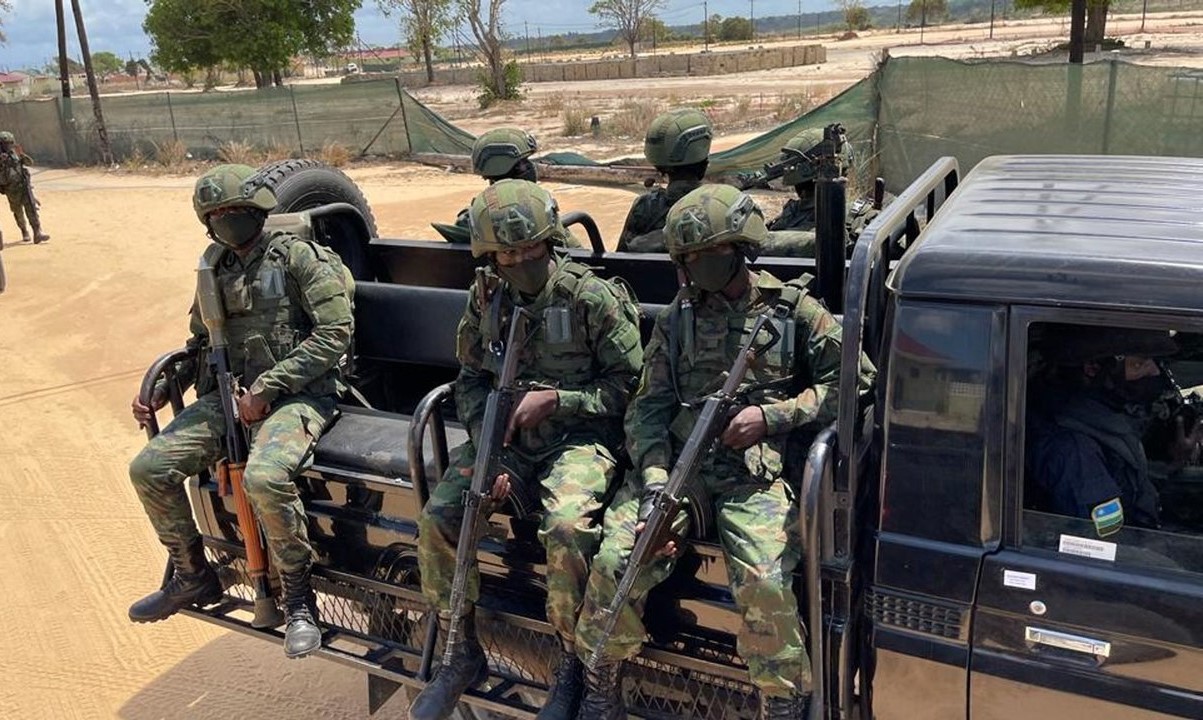
What is the Renamo Insurgency? The Renamo Insurgency refers to the ongoing conflict in Mozambique involving the Renamo (Mozambican National Resistance) group. This insurgency began after the Mozambican Civil War ended in 1992. Renamo, initially a rebel group, turned into a political party but retained armed factions. Why does this matter? The conflict has caused significant instability, affecting thousands of lives and disrupting the country's development. Who is involved? Primarily, Renamo fighters and the Mozambican government forces. Where is it happening? Mainly in central and northern Mozambique. When did it start? The renewed insurgency began around 2013. How does it impact daily life? It leads to displacement, economic hardship, and fear among civilians.
Key Takeaways:
- Renamo insurgency in Mozambique was fueled by political ideologies and external support, leading to devastating consequences for civilians and the country's development.
- Despite peace agreements, the legacy of Renamo insurgency continues to impact Mozambique, shaping its political and social landscape with ongoing peace efforts and sporadic violence.
Origins of Renamo Insurgency
The Renamo insurgency in Mozambique has a complex history. Understanding its roots helps explain the conflict's persistence and impact.
- Renamo, short for the Mozambican National Resistance, was founded in 1975.
- Initially, Renamo was supported by Rhodesia (now Zimbabwe) to counteract Mozambique's support for Zimbabwean independence movements.
- South Africa later backed Renamo during the apartheid era to destabilize the region.
- Renamo's primary goal was to overthrow the FRELIMO government, which had Marxist-Leninist ideologies.
- The insurgency began as a reaction to FRELIMO's policies, which included forced collectivization and nationalization.
Key Figures in the Conflict
Several individuals played significant roles in the Renamo insurgency, shaping its direction and strategies.
- Afonso Dhlakama led Renamo from 1979 until his death in 2018.
- Dhlakama was known for his charismatic leadership and ability to rally support.
- André Matsangaissa, Renamo's first leader, was killed in 1979, leading to Dhlakama's rise.
- Samora Machel, Mozambique's first president, was a key opponent of Renamo.
- Joaquim Chissano, who succeeded Machel, played a crucial role in peace negotiations.
Major Battles and Incidents
The Renamo insurgency saw numerous battles and incidents that shaped Mozambique's history.
- The Gorongosa region served as Renamo's stronghold throughout much of the conflict.
- The Battle of Homoine in 1987 resulted in significant casualties and highlighted Renamo's strength.
- Renamo's attack on the town of Maringue in 1985 showcased their ability to disrupt government control.
- The insurgency led to the destruction of infrastructure, including roads, bridges, and schools.
- Renamo's tactics included ambushes, sabotage, and guerrilla warfare.
Impact on Civilians
The conflict had a profound impact on the civilian population, causing widespread suffering.
- An estimated one million people died as a result of the insurgency.
- Millions more were displaced, seeking refuge in neighboring countries or internally.
- The conflict led to severe food shortages and famine in many regions.
- Renamo was accused of using child soldiers, a practice condemned internationally.
- Both Renamo and government forces committed human rights abuses, including massacres and forced labor.
Peace Efforts and Agreements
Efforts to end the conflict have been ongoing, with varying degrees of success.
- The Rome General Peace Accords were signed in 1992, officially ending the civil war.
- The peace agreement allowed Renamo to transition into a political party.
- Despite the accords, sporadic violence continued, with Renamo accusing the government of failing to honor agreements.
- In 2014, a new peace deal was signed, but tensions remained high.
- The death of Afonso Dhlakama in 2018 led to renewed efforts for lasting peace.
Current Situation
The Renamo insurgency's legacy continues to influence Mozambique's political and social landscape.
- Renamo remains an active political party, participating in elections.
- Ossufo Momade succeeded Dhlakama as Renamo's leader, continuing peace negotiations.
- The government and Renamo signed a new peace agreement in 2019, aiming to disarm Renamo fighters.
- Despite peace efforts, sporadic violence and clashes still occur in some regions.
- The conflict has left a lasting impact on Mozambique, shaping its development and future.
Final Thoughts on Renamo Insurgency
The Renamo Insurgency has left a significant mark on Mozambique's history. From its roots in the Cold War to its impact on modern politics, this conflict has shaped the nation in profound ways. Understanding the key events, figures, and motivations behind Renamo helps us grasp the complexities of Mozambique's journey toward peace and stability.
While the insurgency officially ended with the 1992 peace agreement, its legacy continues to influence the country's political landscape. The ongoing challenges of reconciliation and development remind us that the scars of conflict take time to heal.
By learning about the Renamo Insurgency, we gain insight into the resilience of the Mozambican people and the importance of striving for lasting peace. This knowledge not only enriches our understanding of Mozambique but also underscores the broader human quest for harmony and progress.
Frequently Asked Questions
Was this page helpful?
Our commitment to delivering trustworthy and engaging content is at the heart of what we do. Each fact on our site is contributed by real users like you, bringing a wealth of diverse insights and information. To ensure the highest standards of accuracy and reliability, our dedicated editors meticulously review each submission. This process guarantees that the facts we share are not only fascinating but also credible. Trust in our commitment to quality and authenticity as you explore and learn with us.
